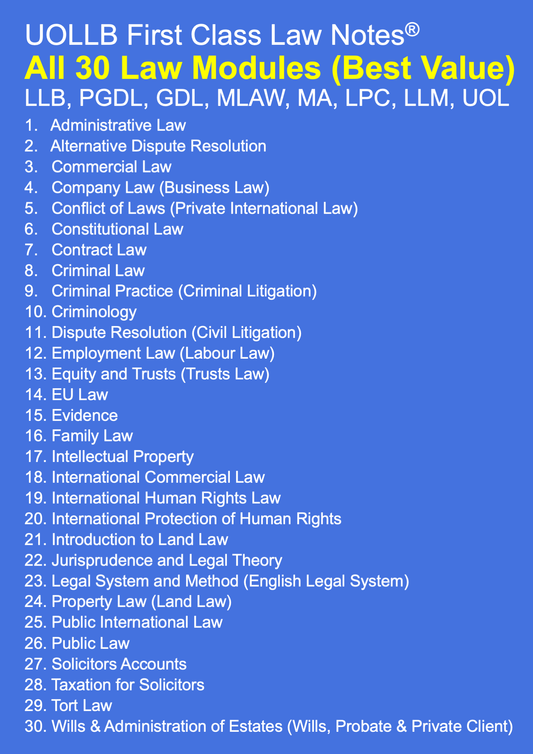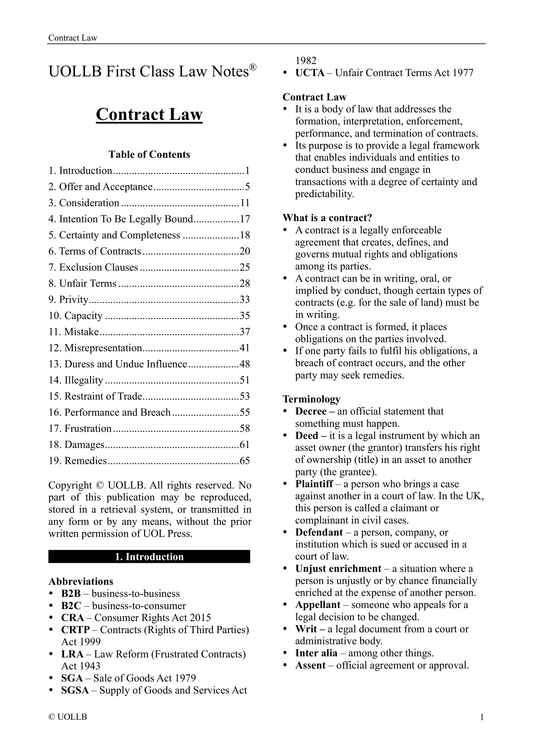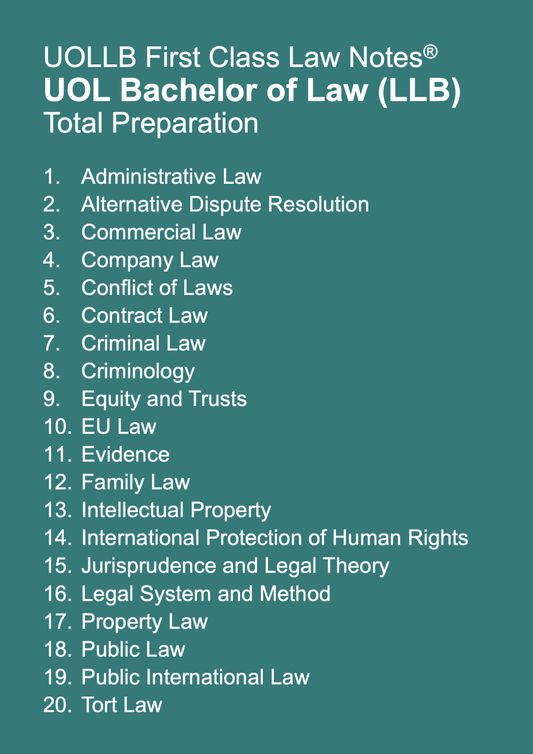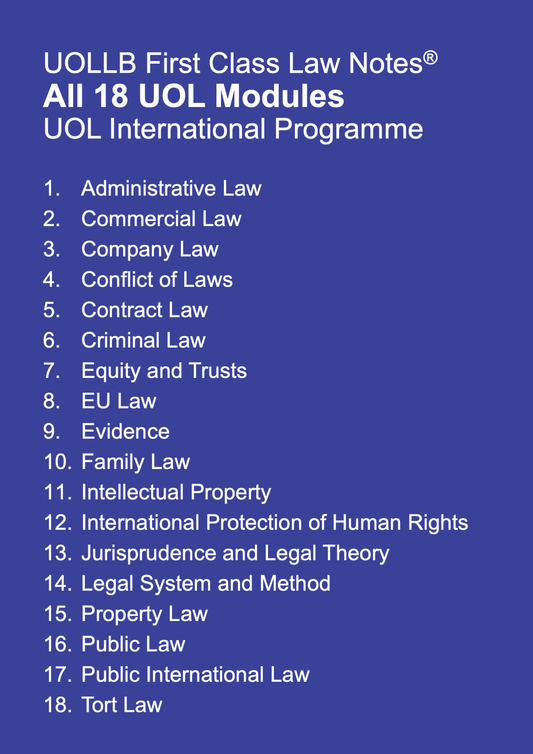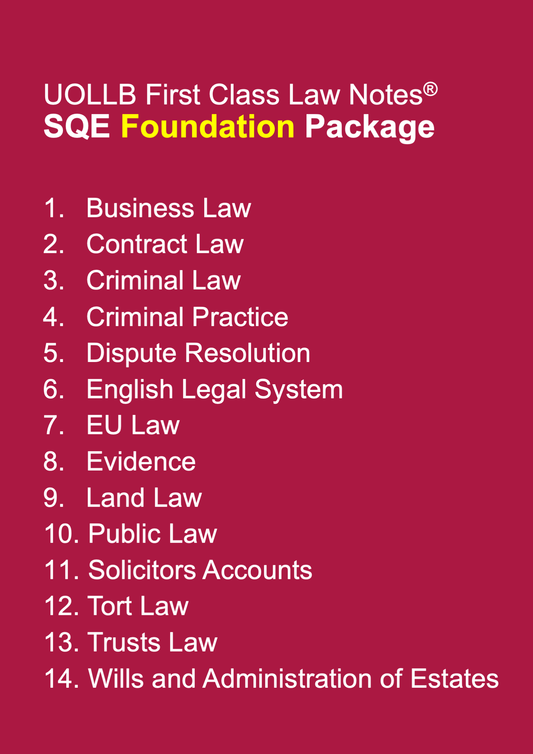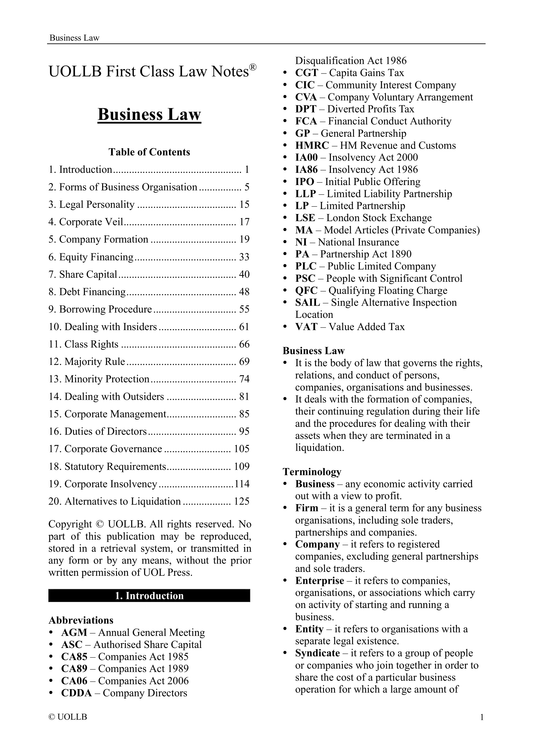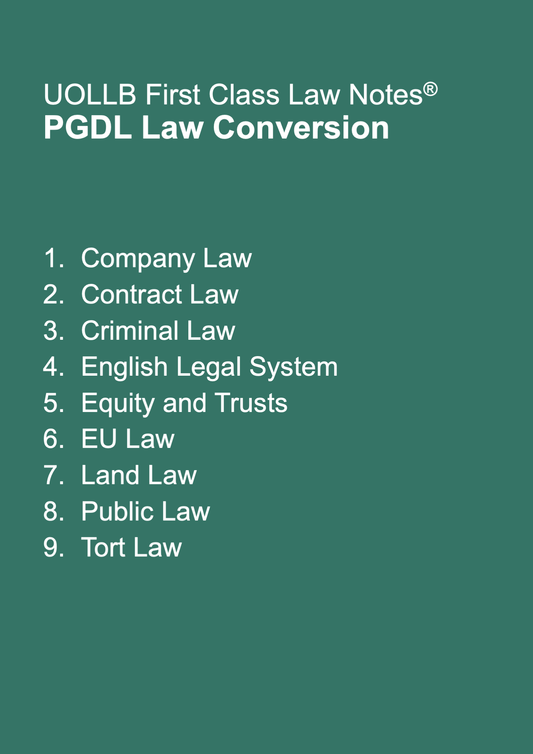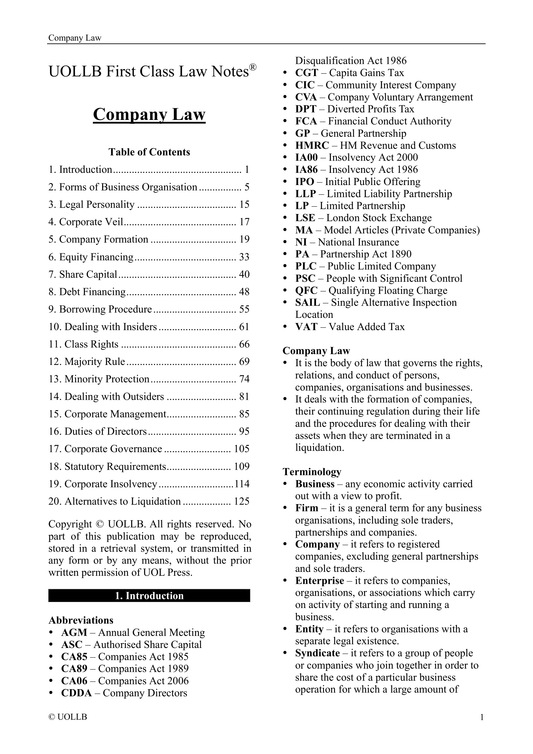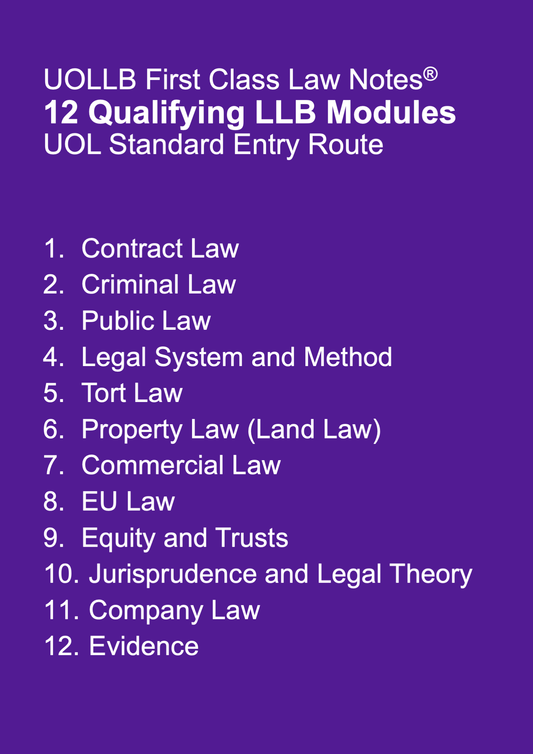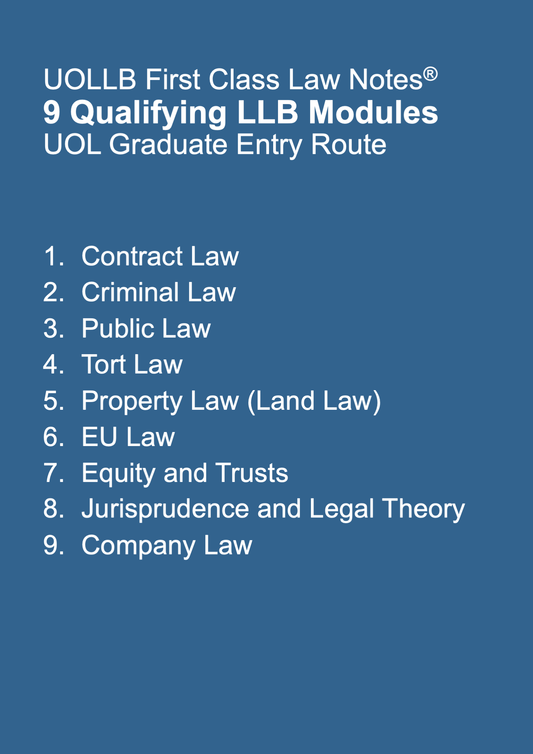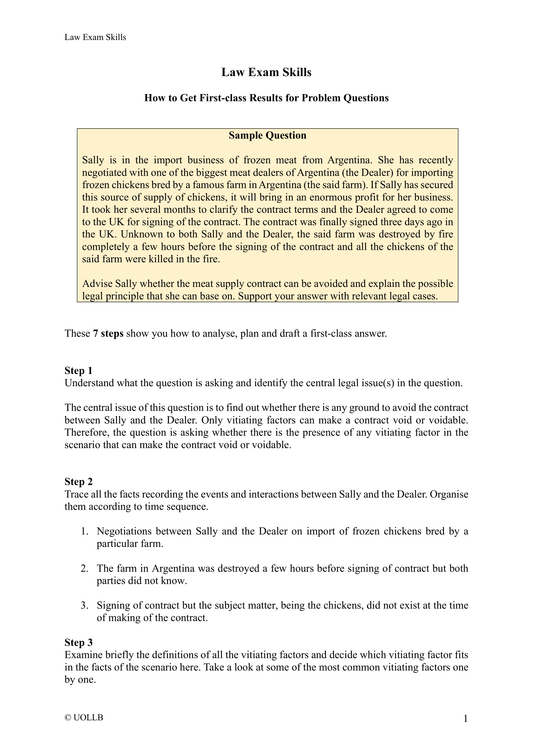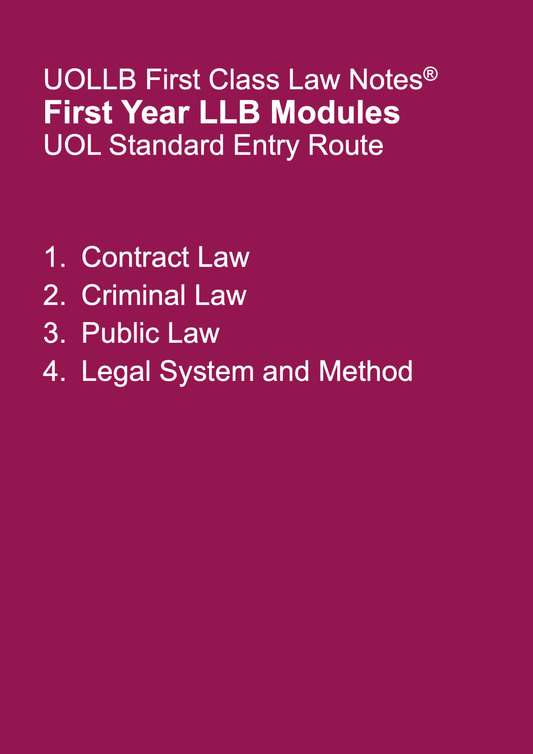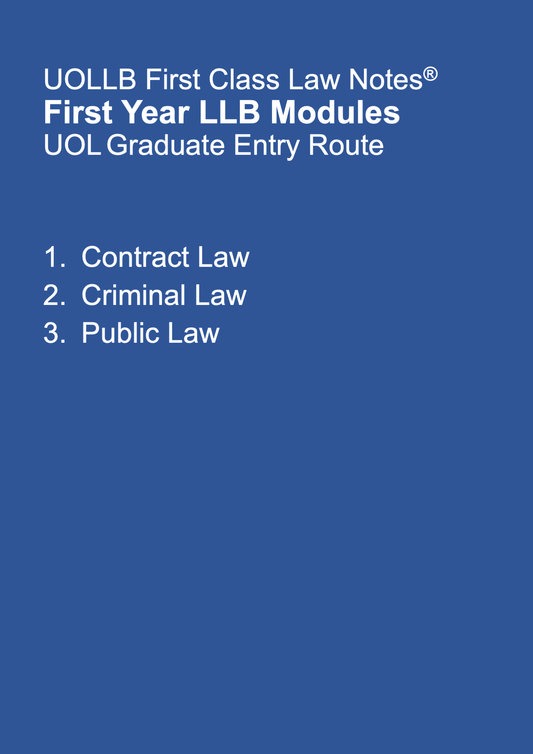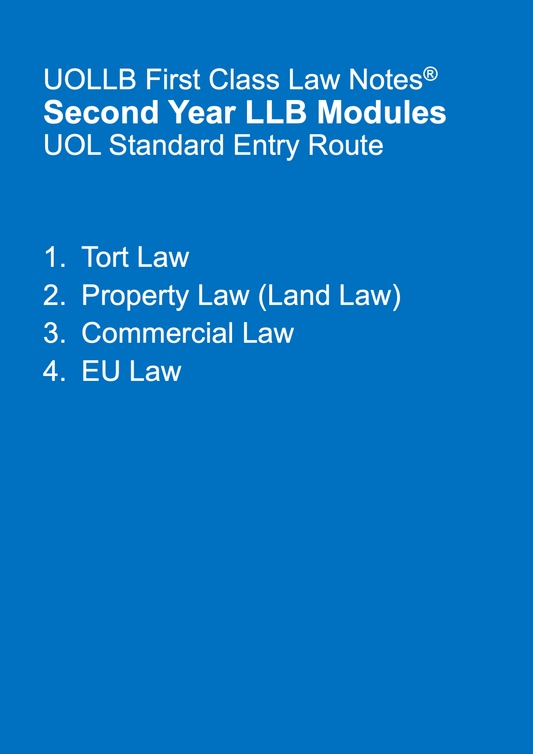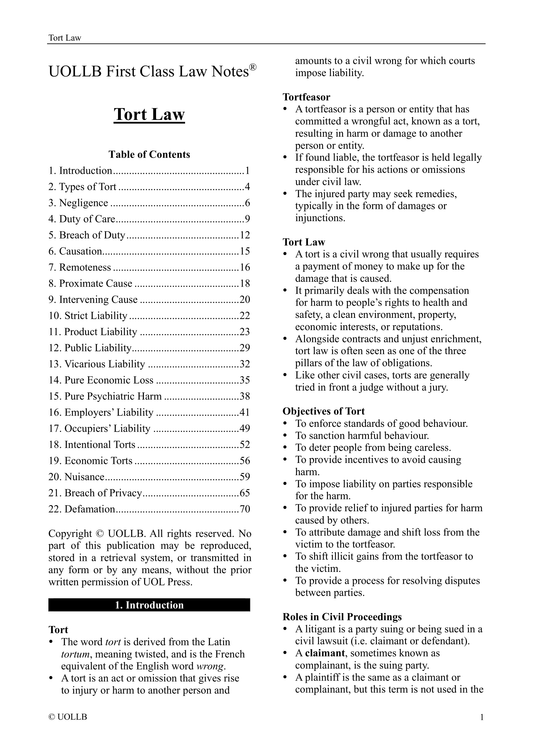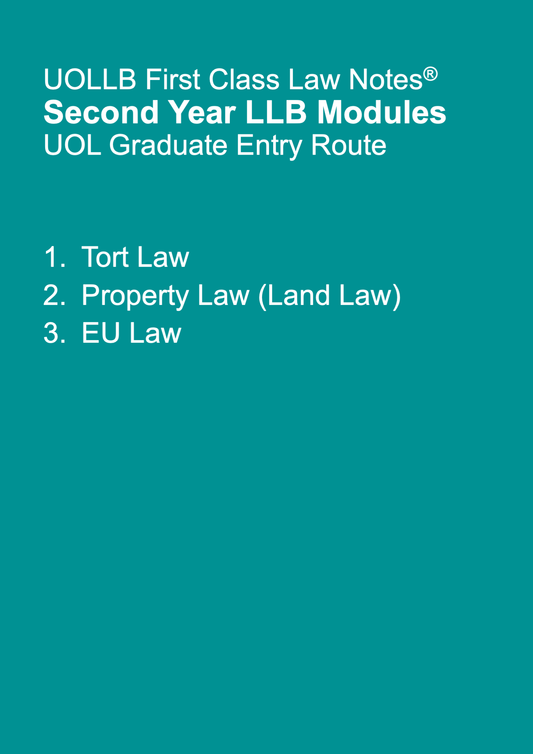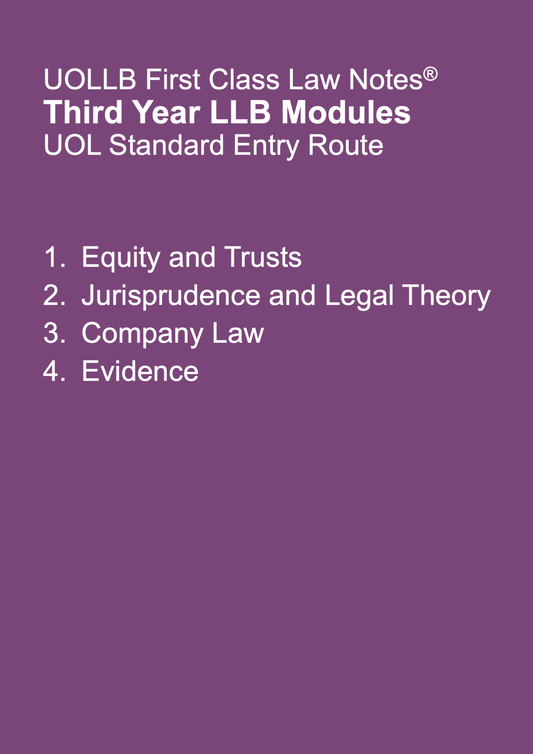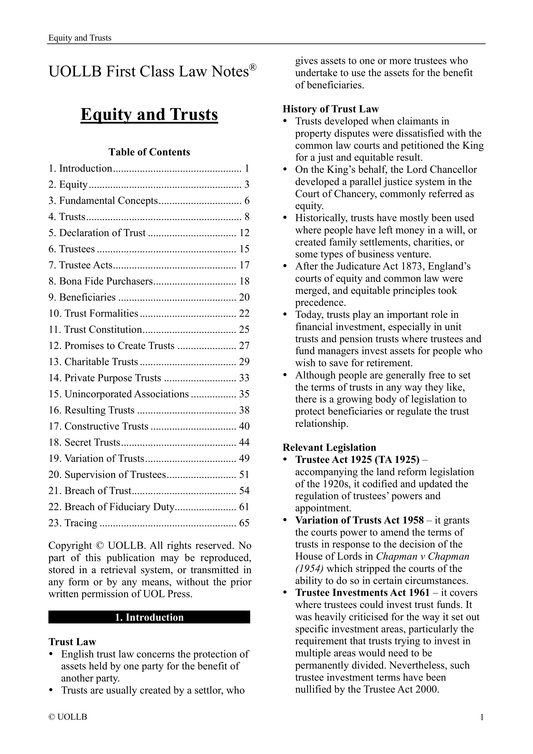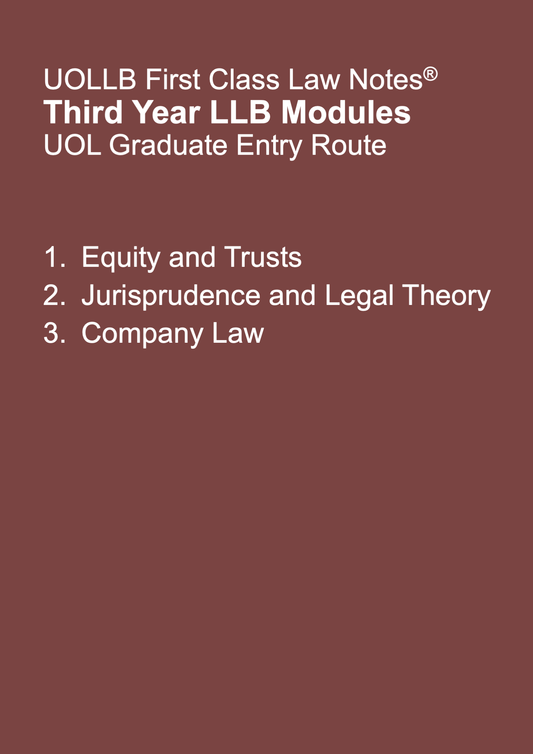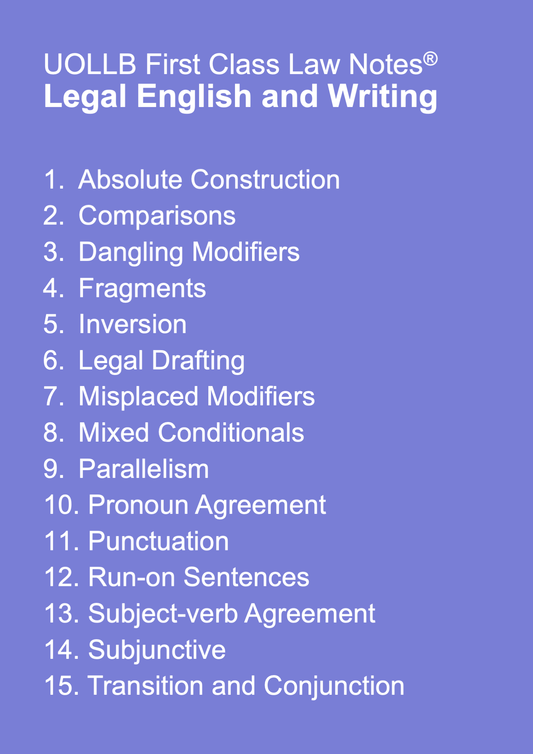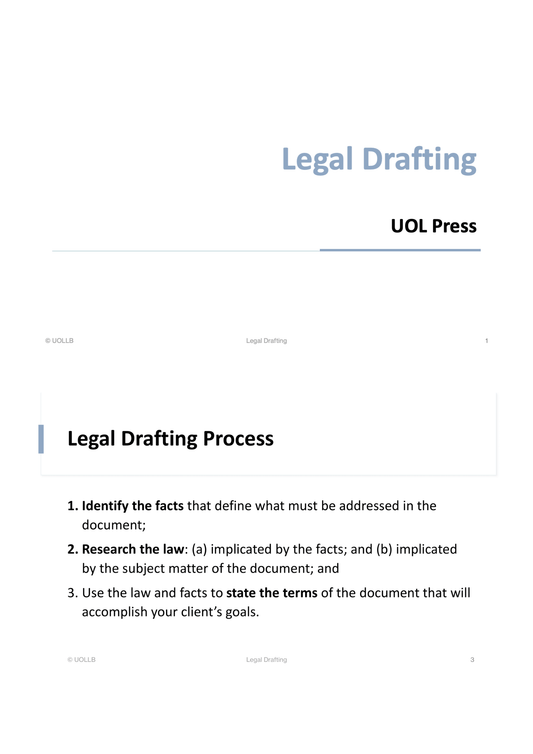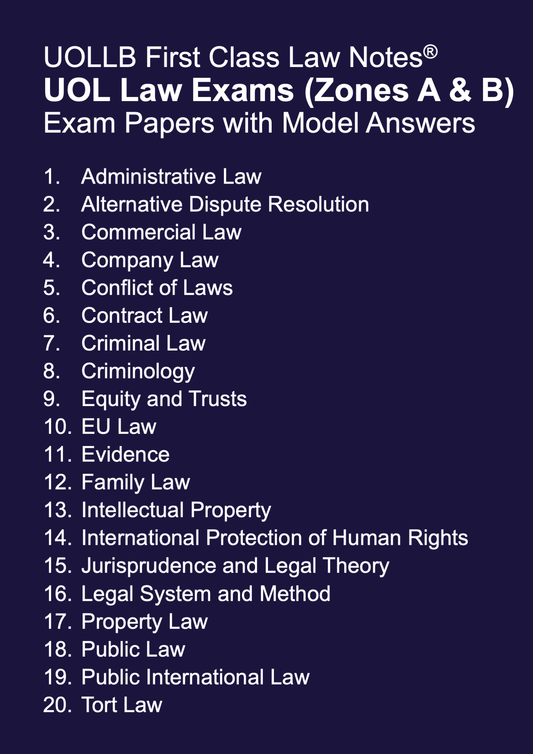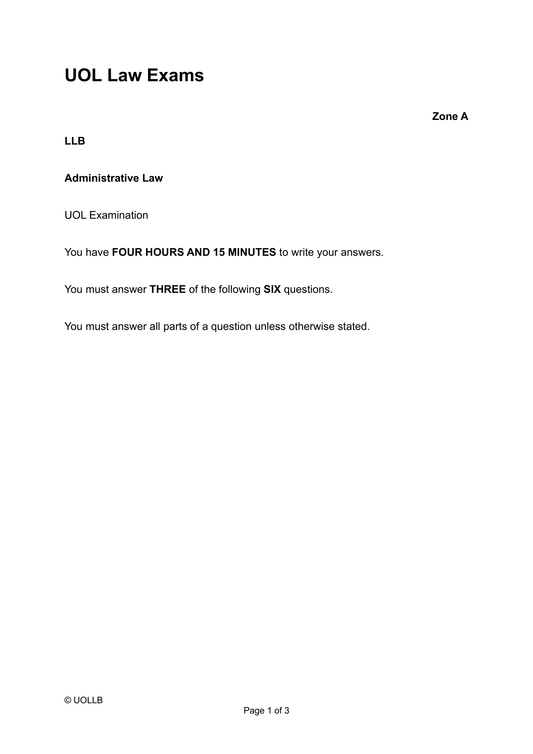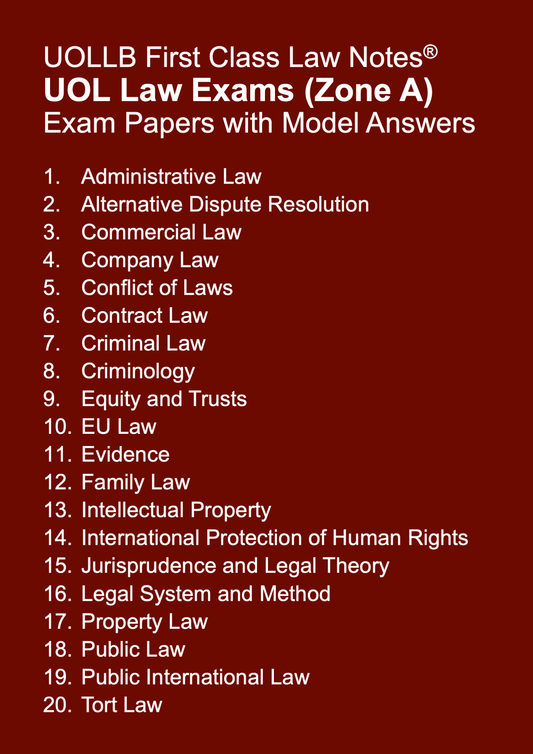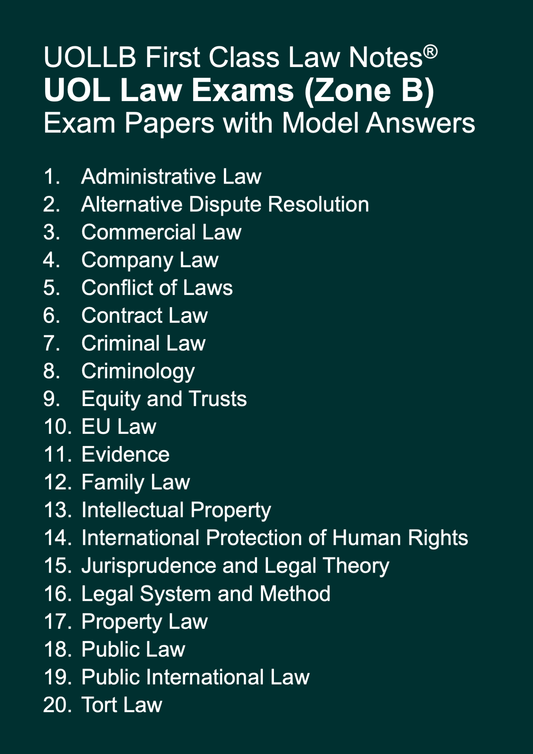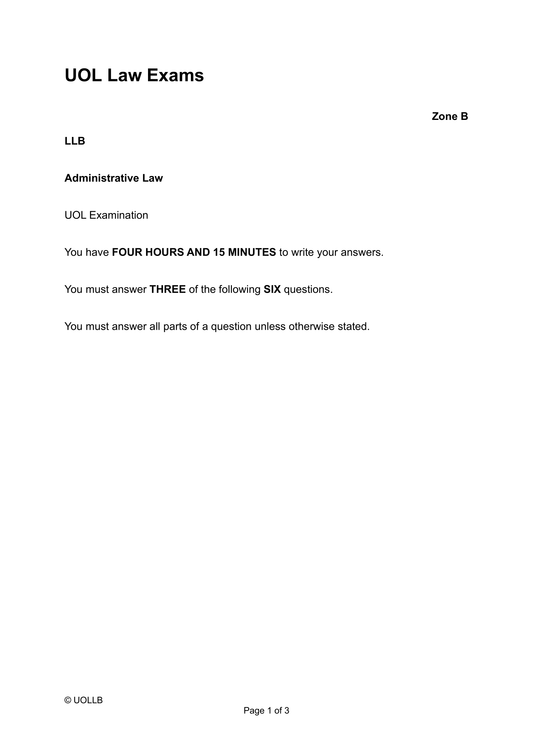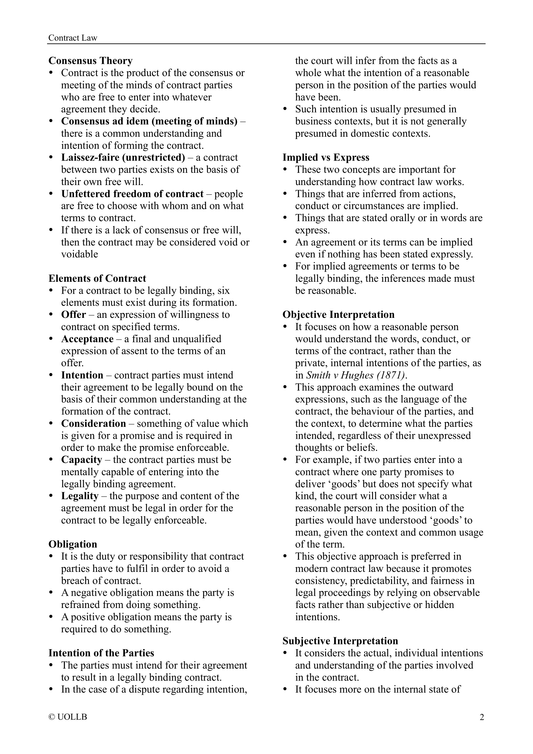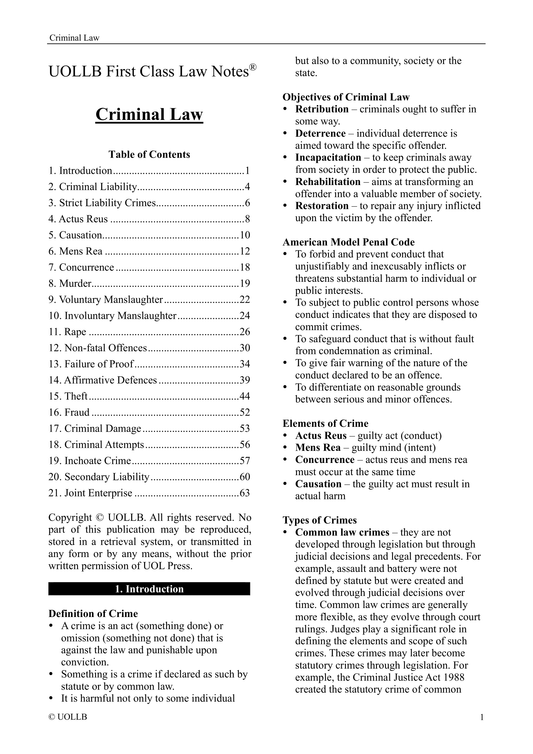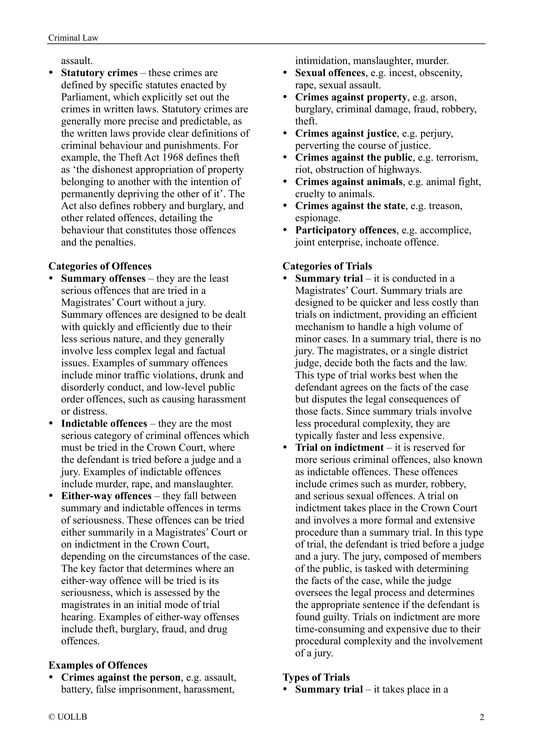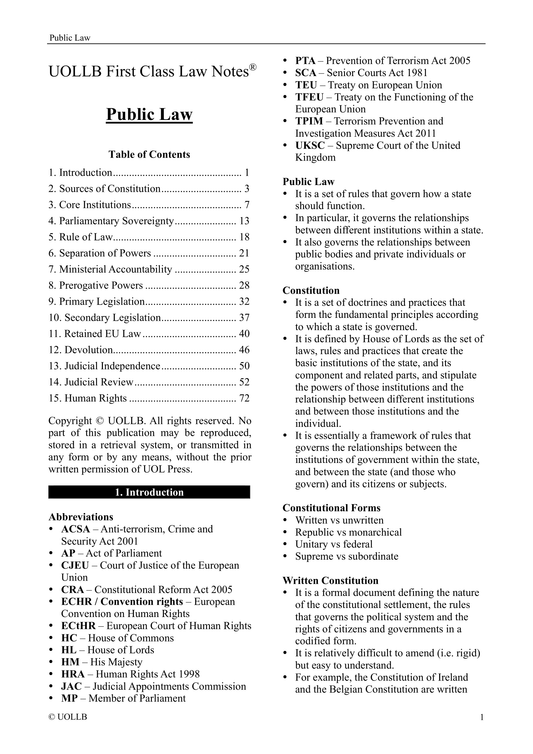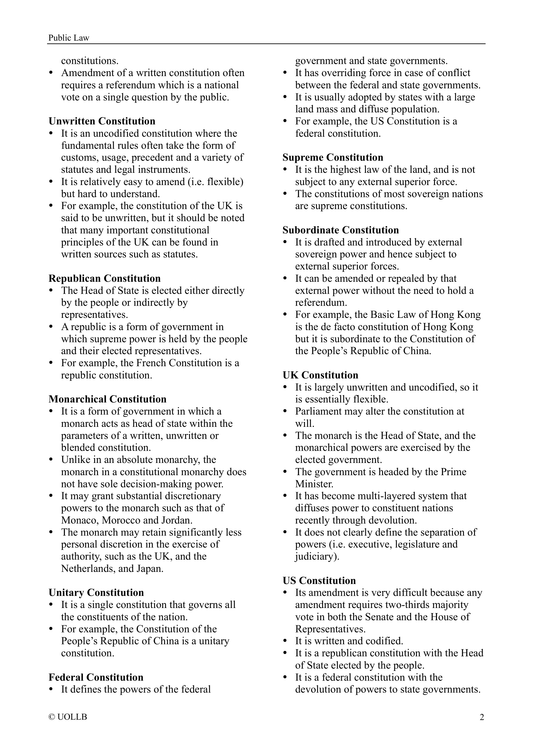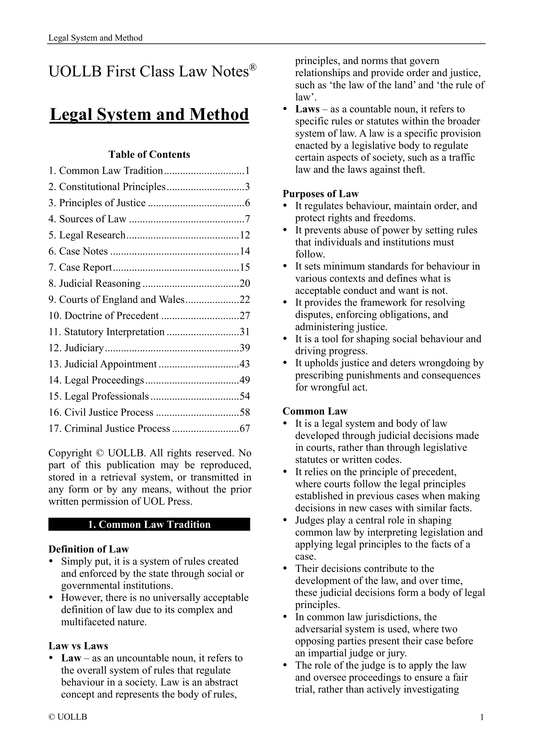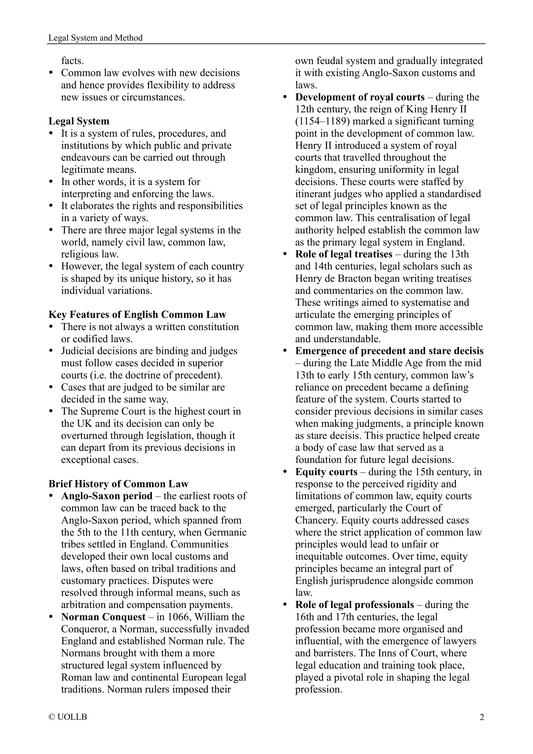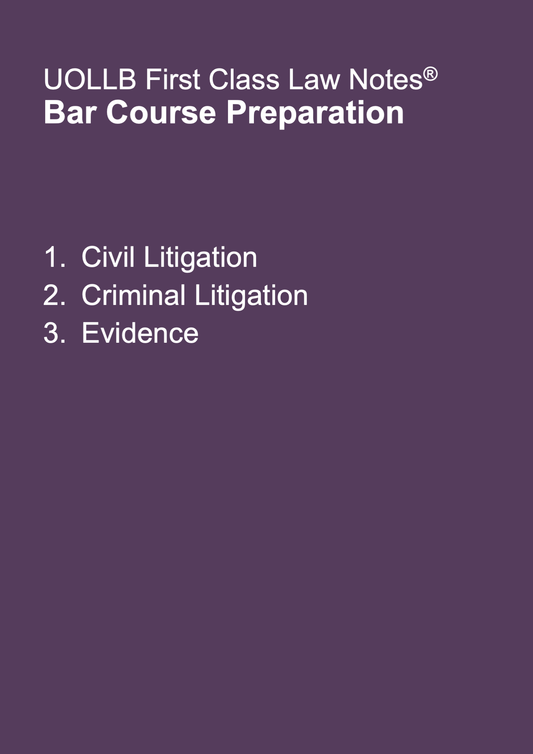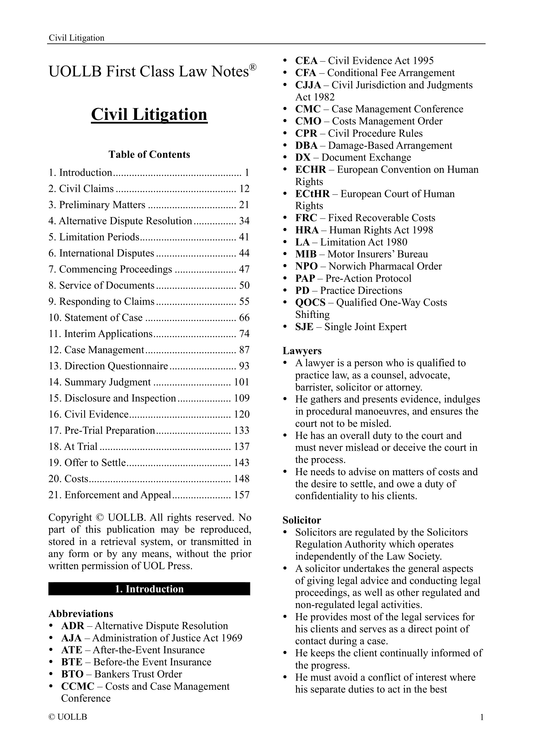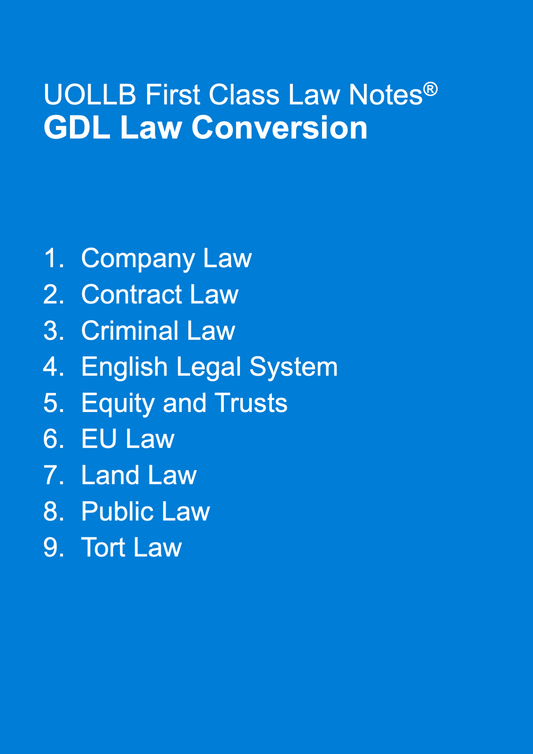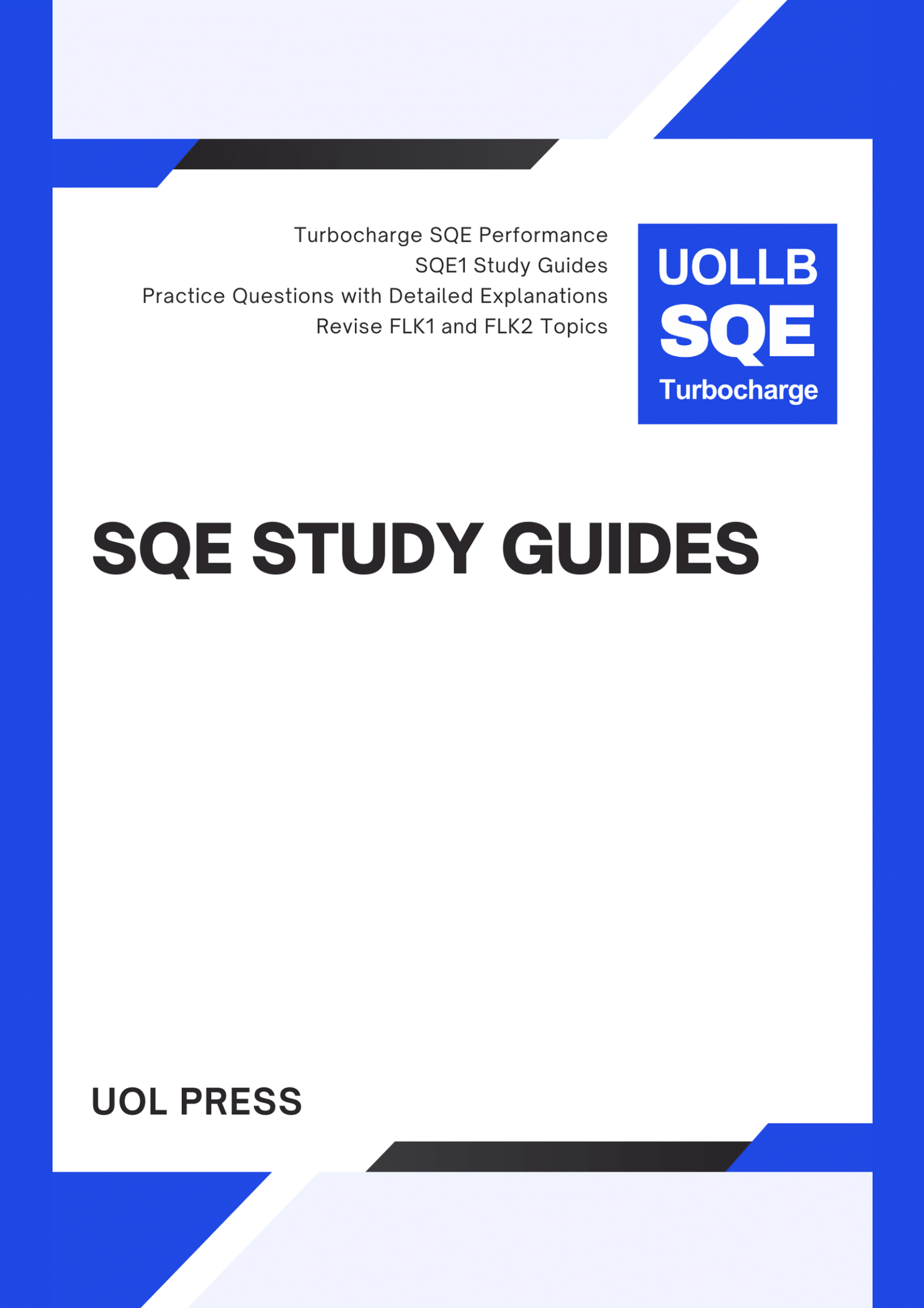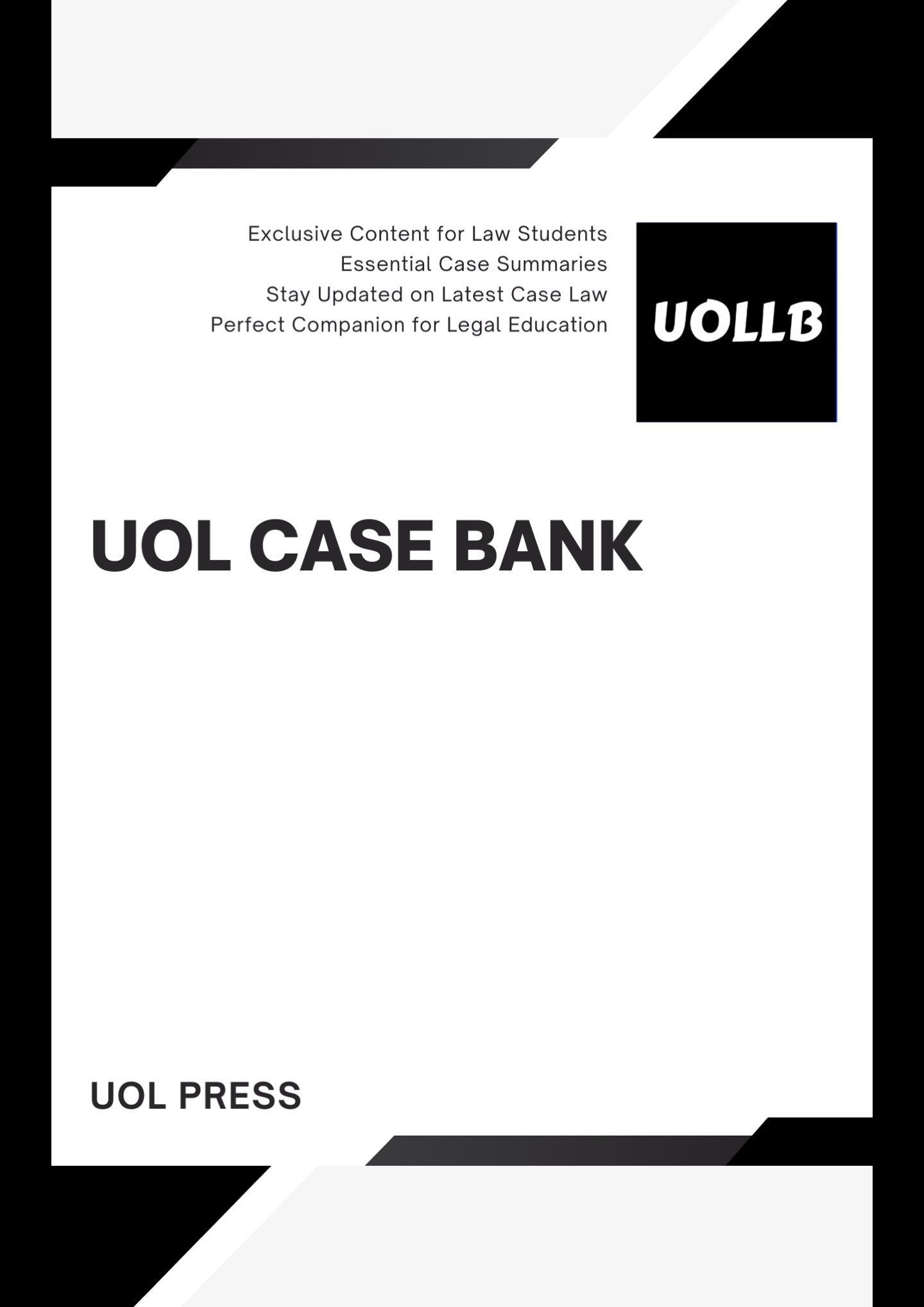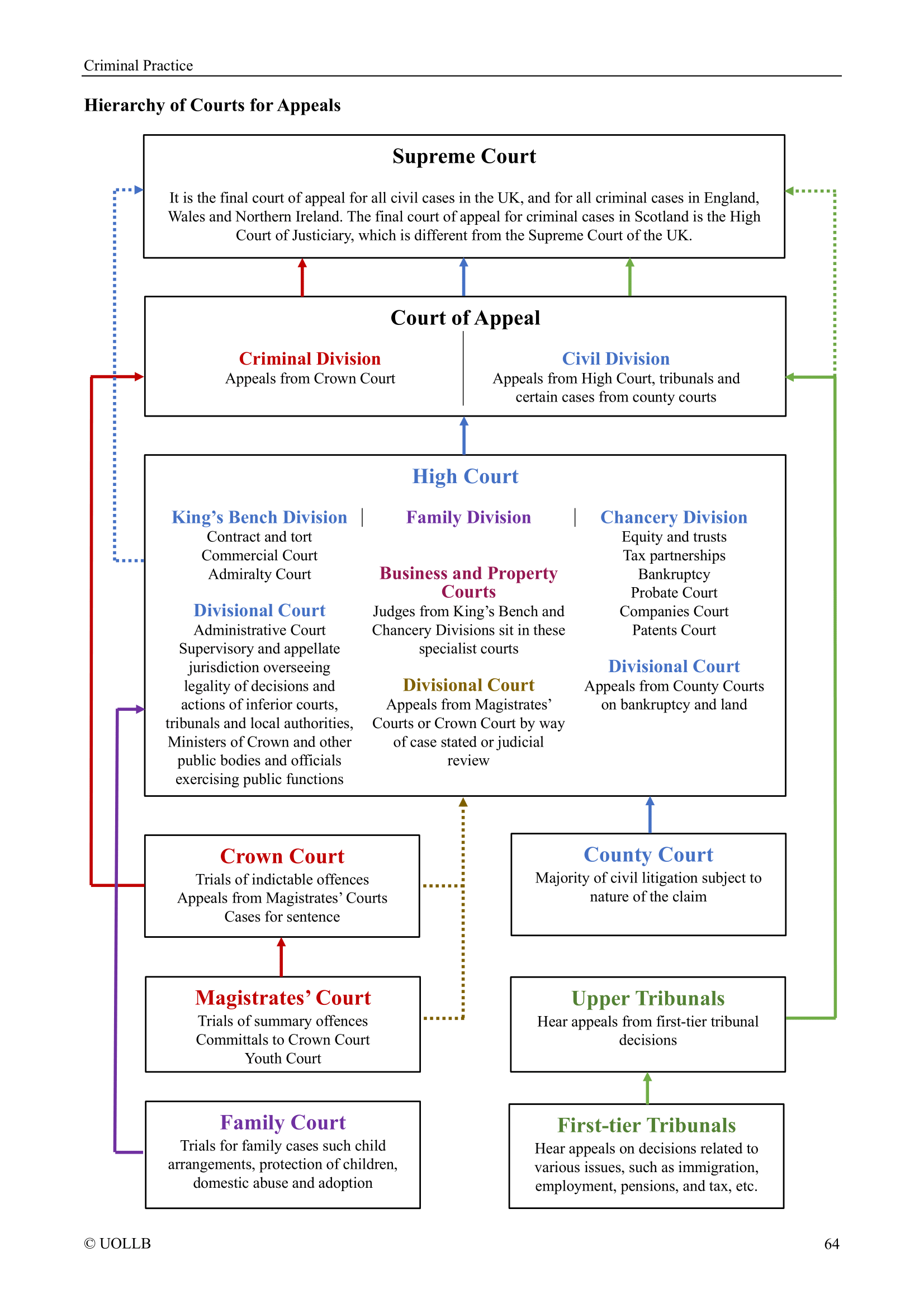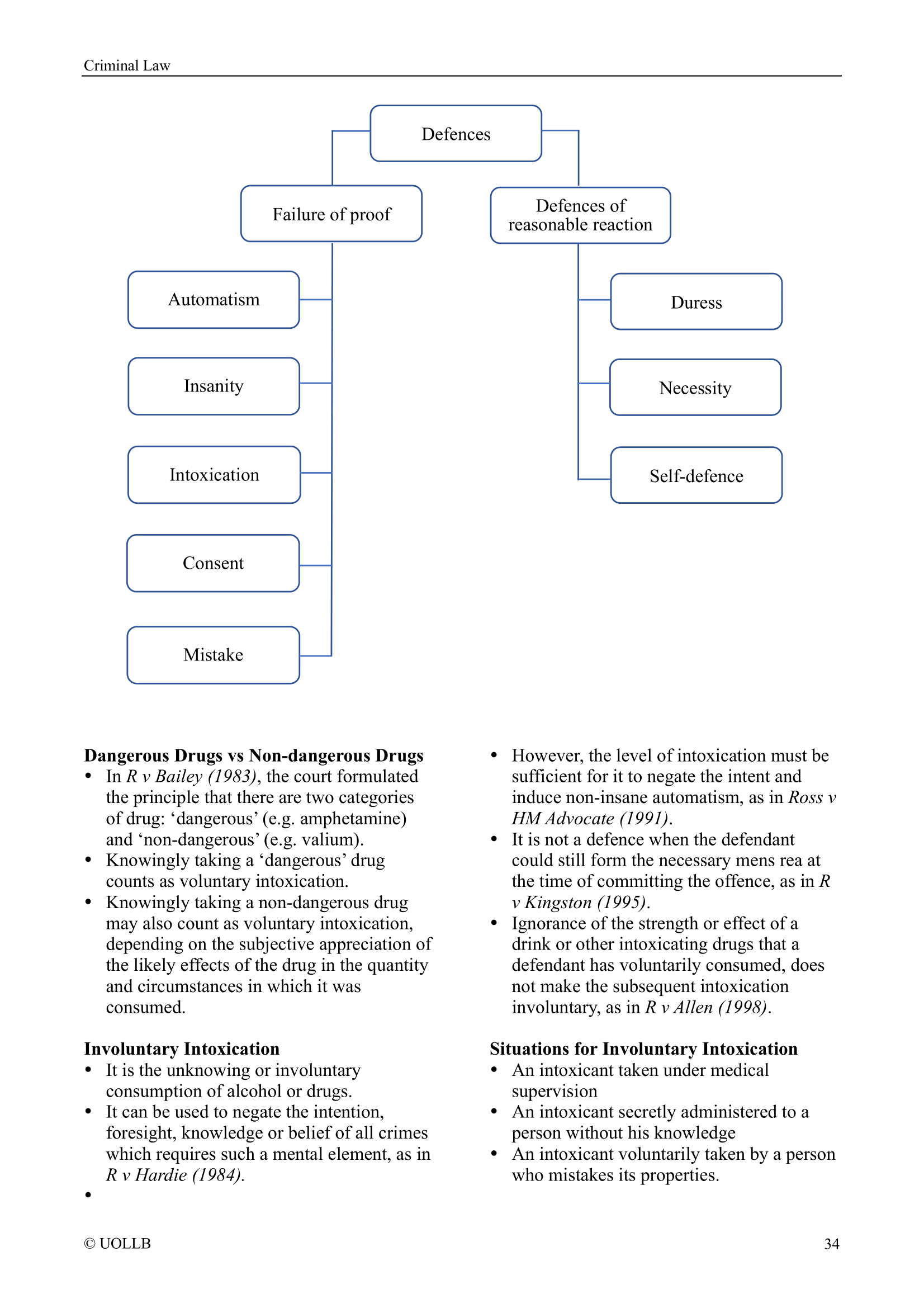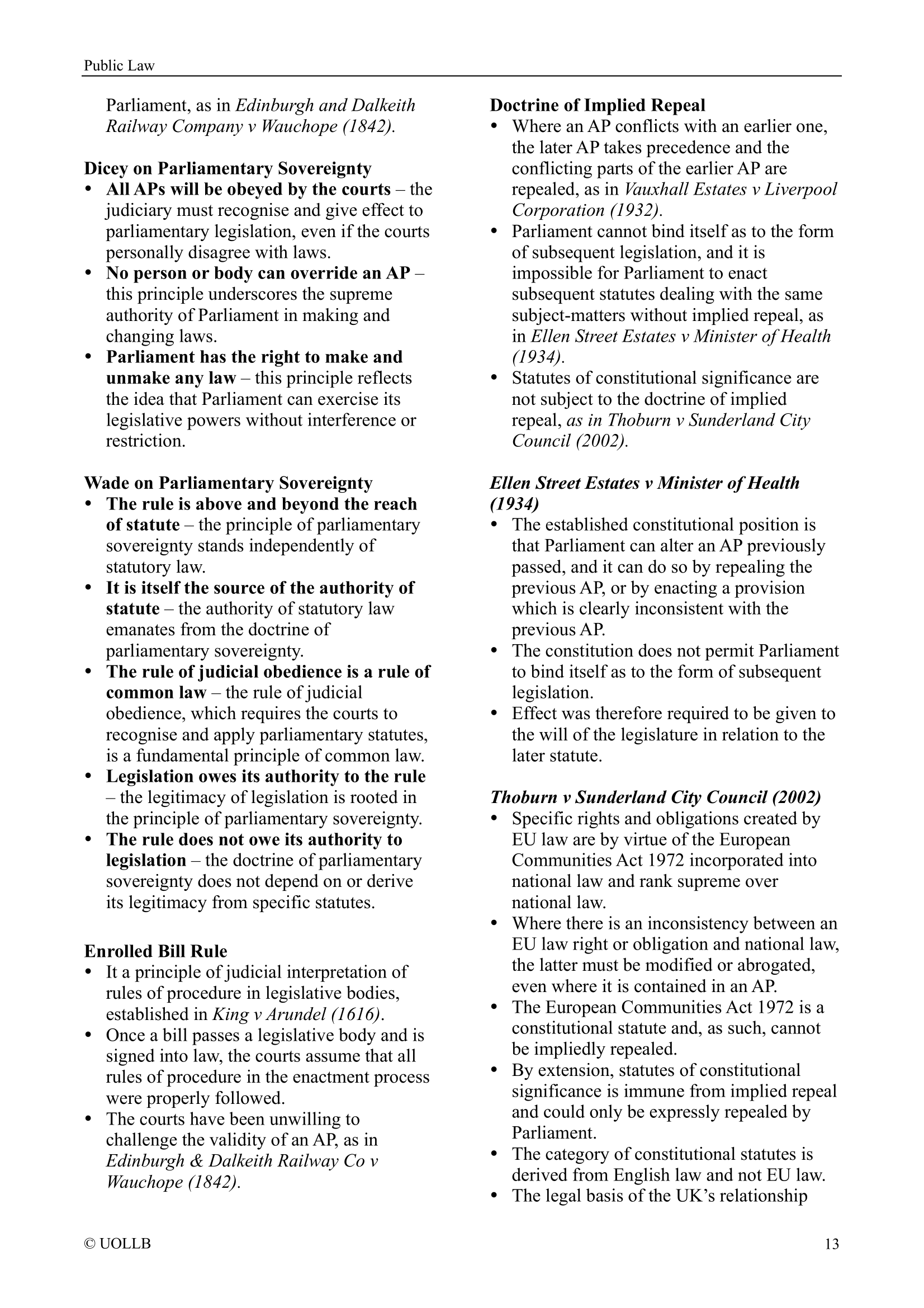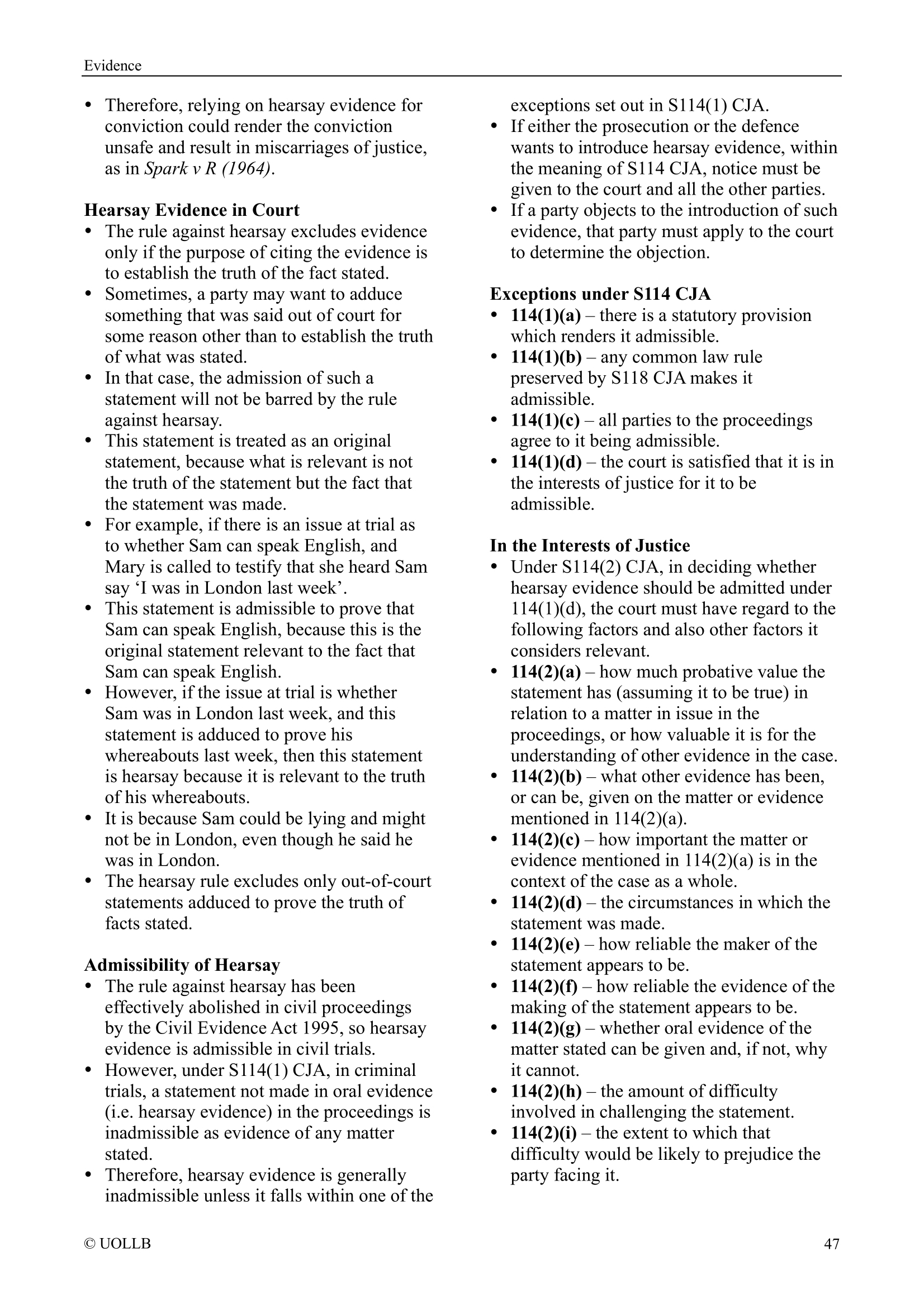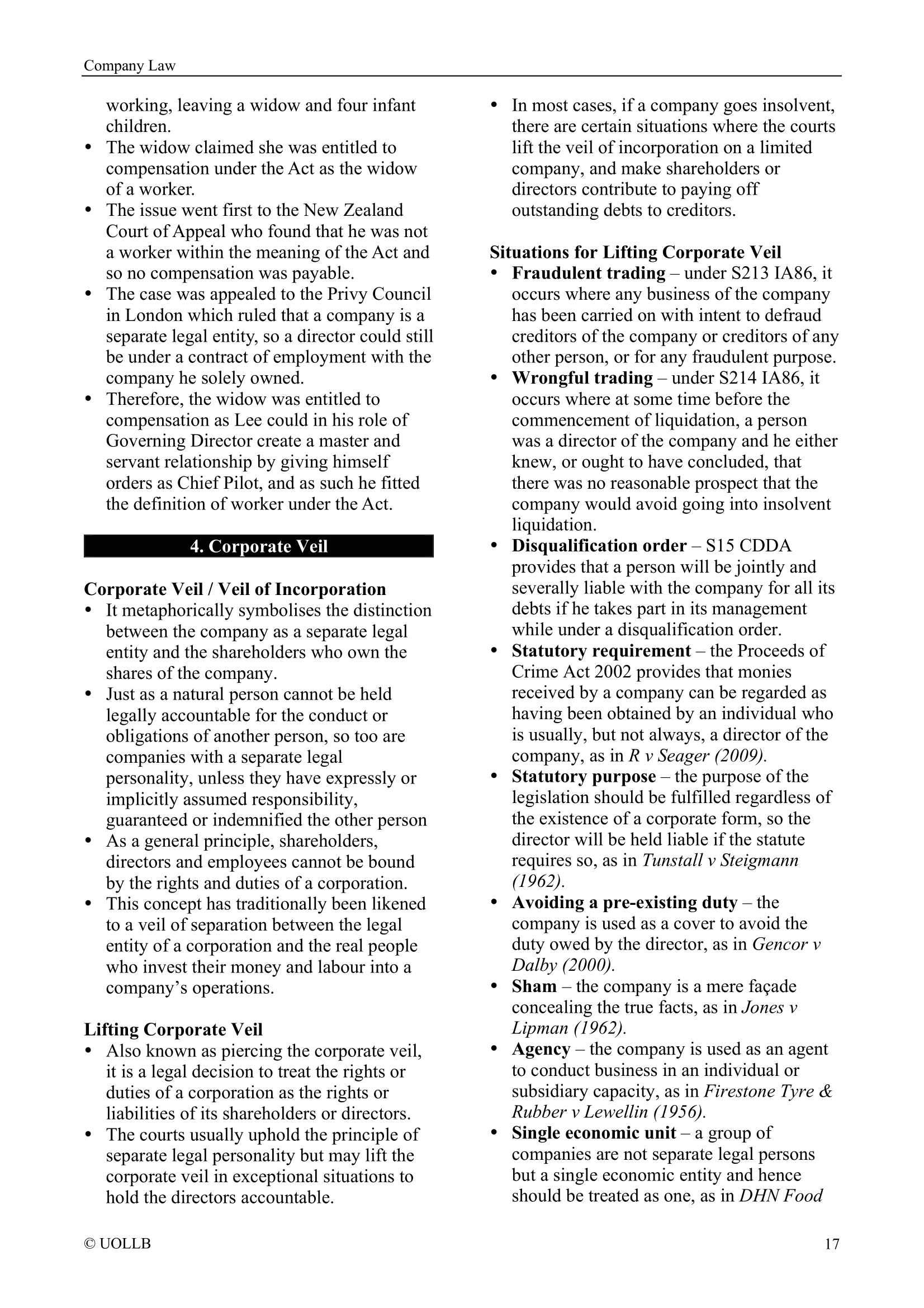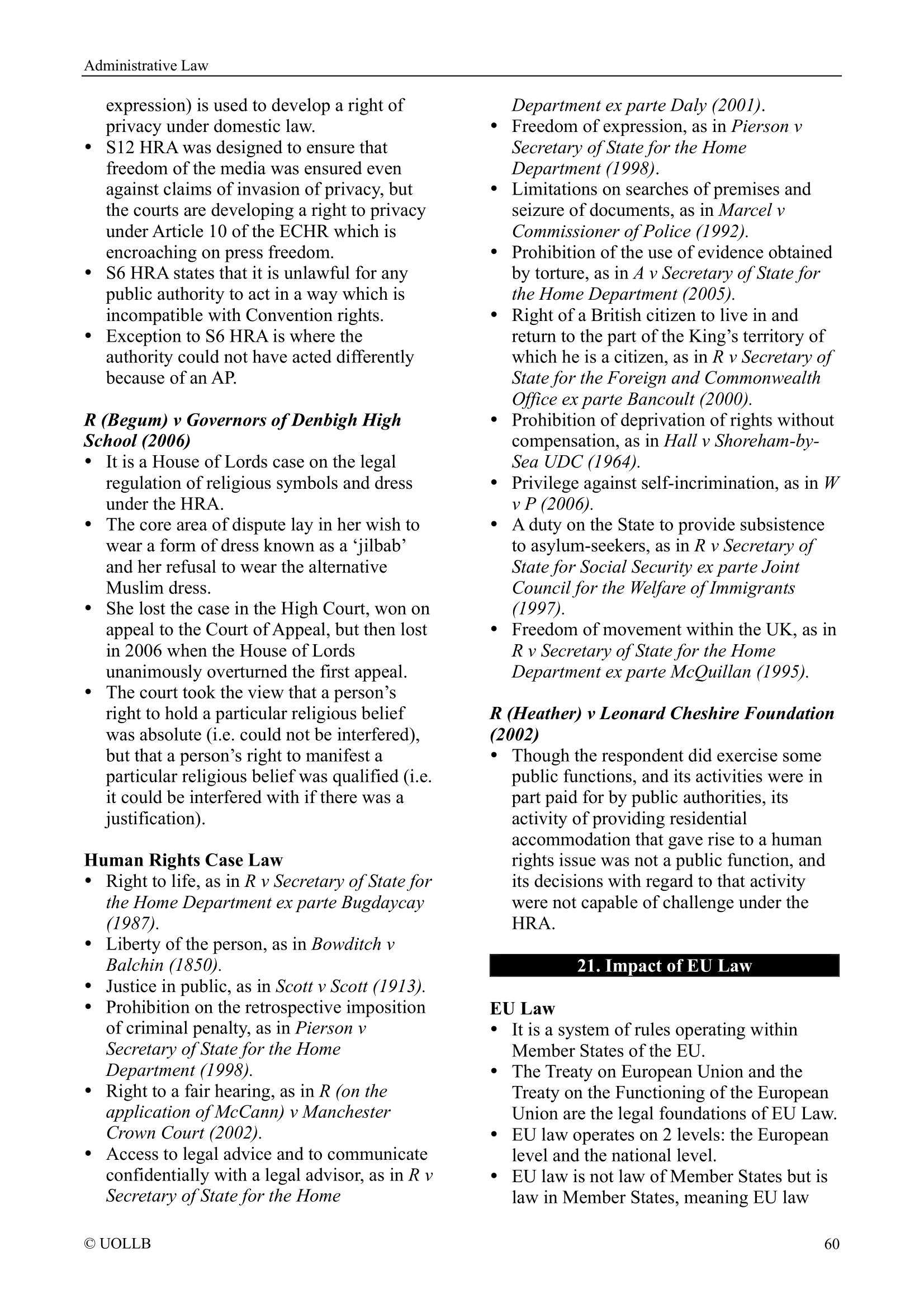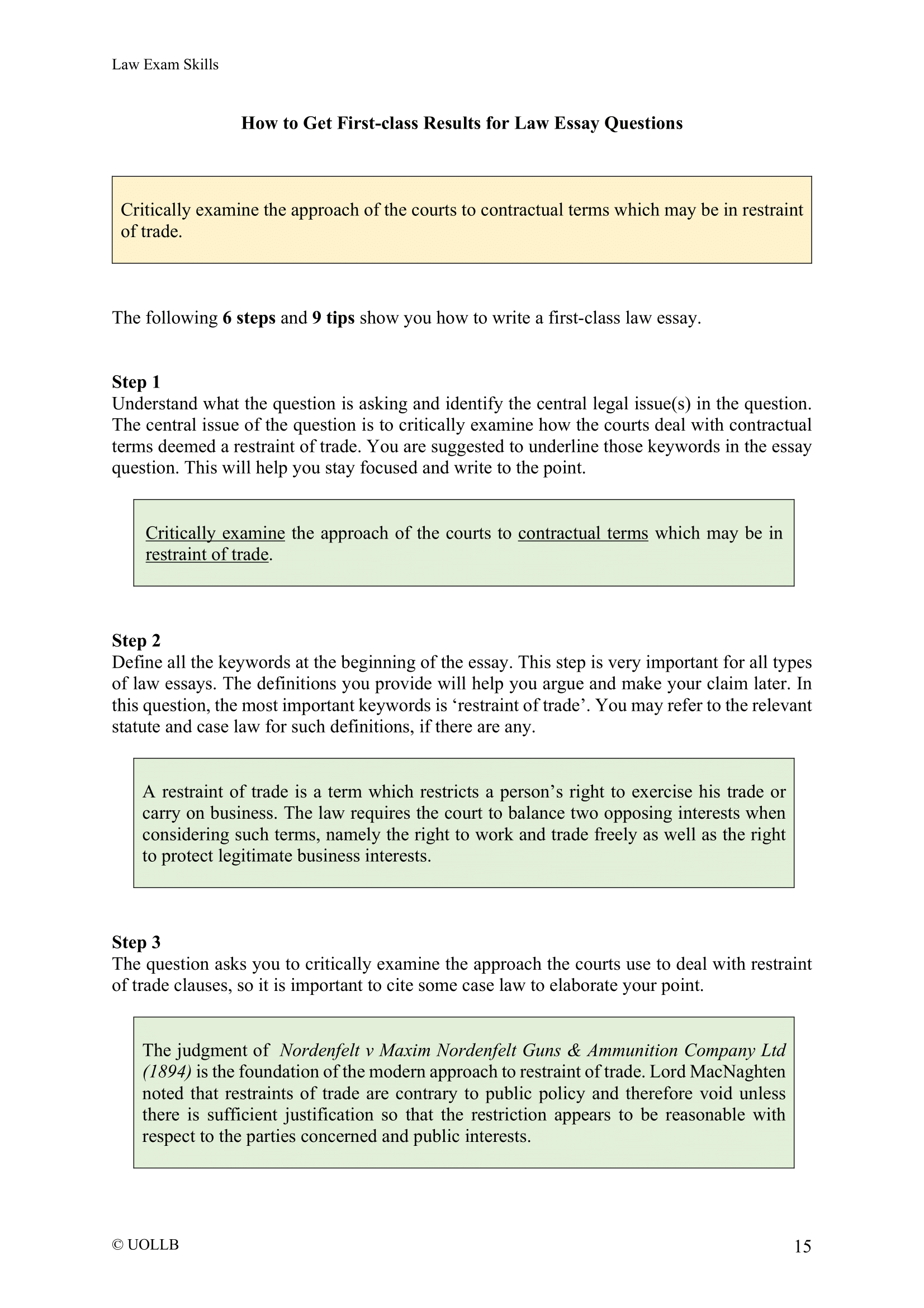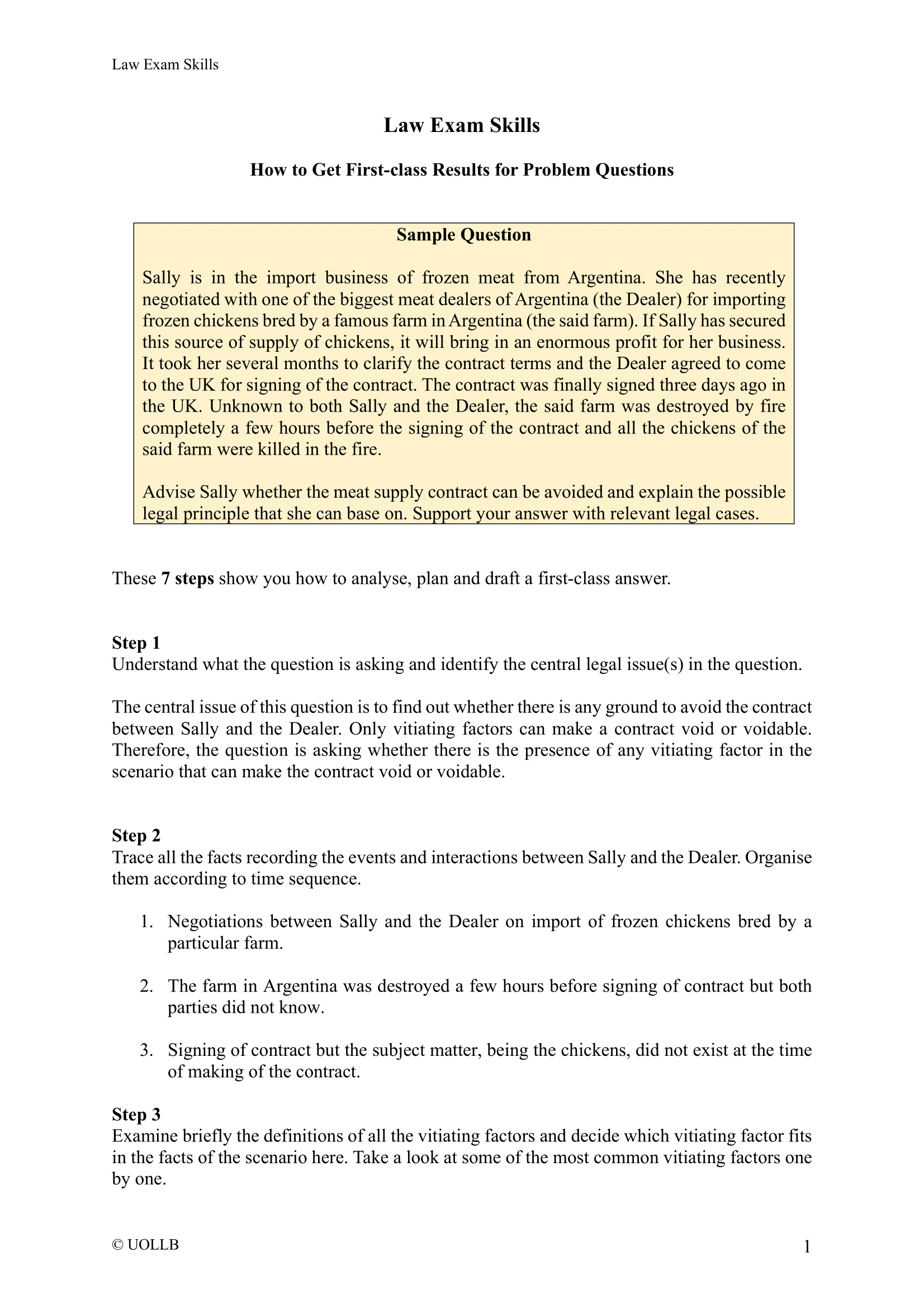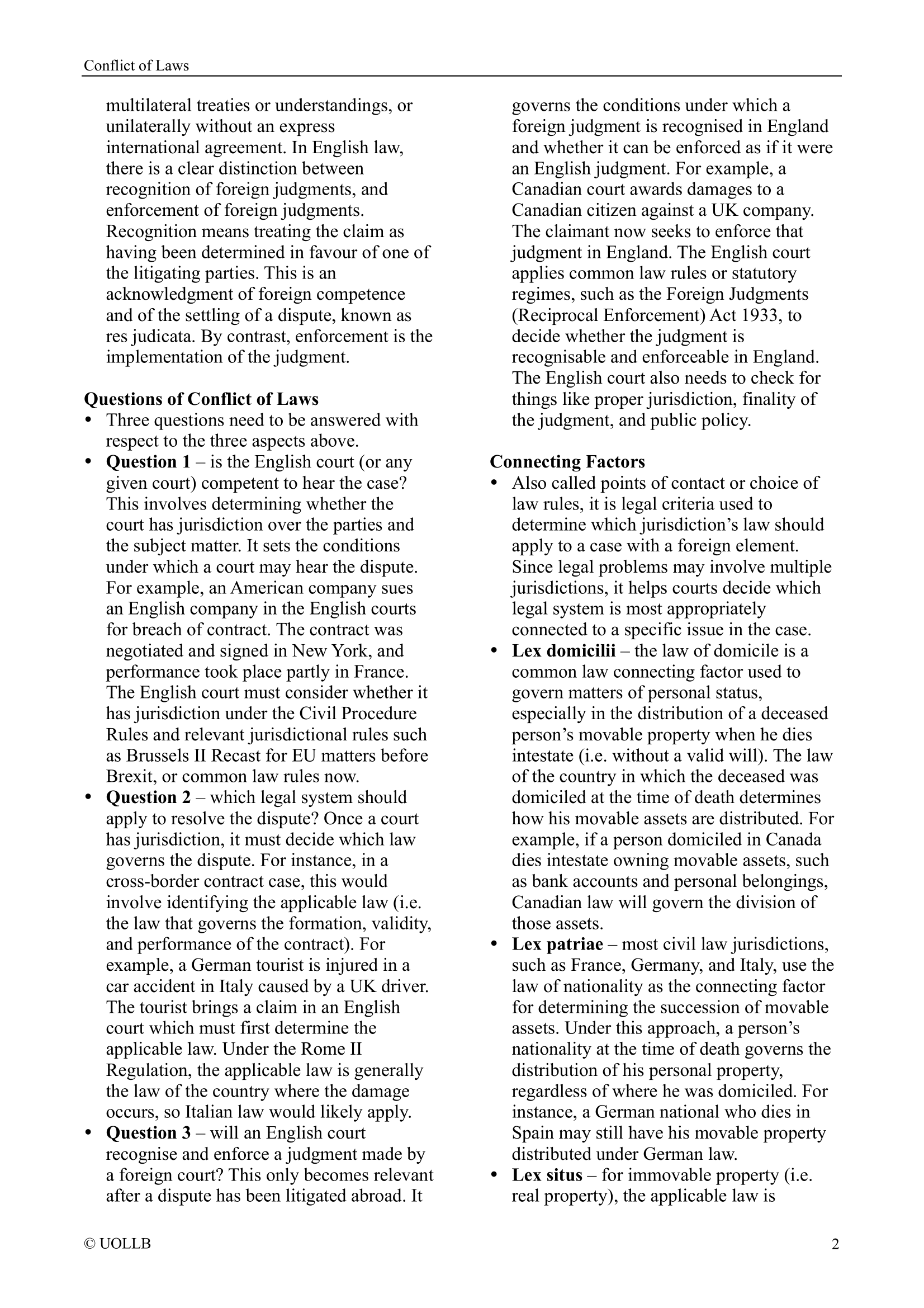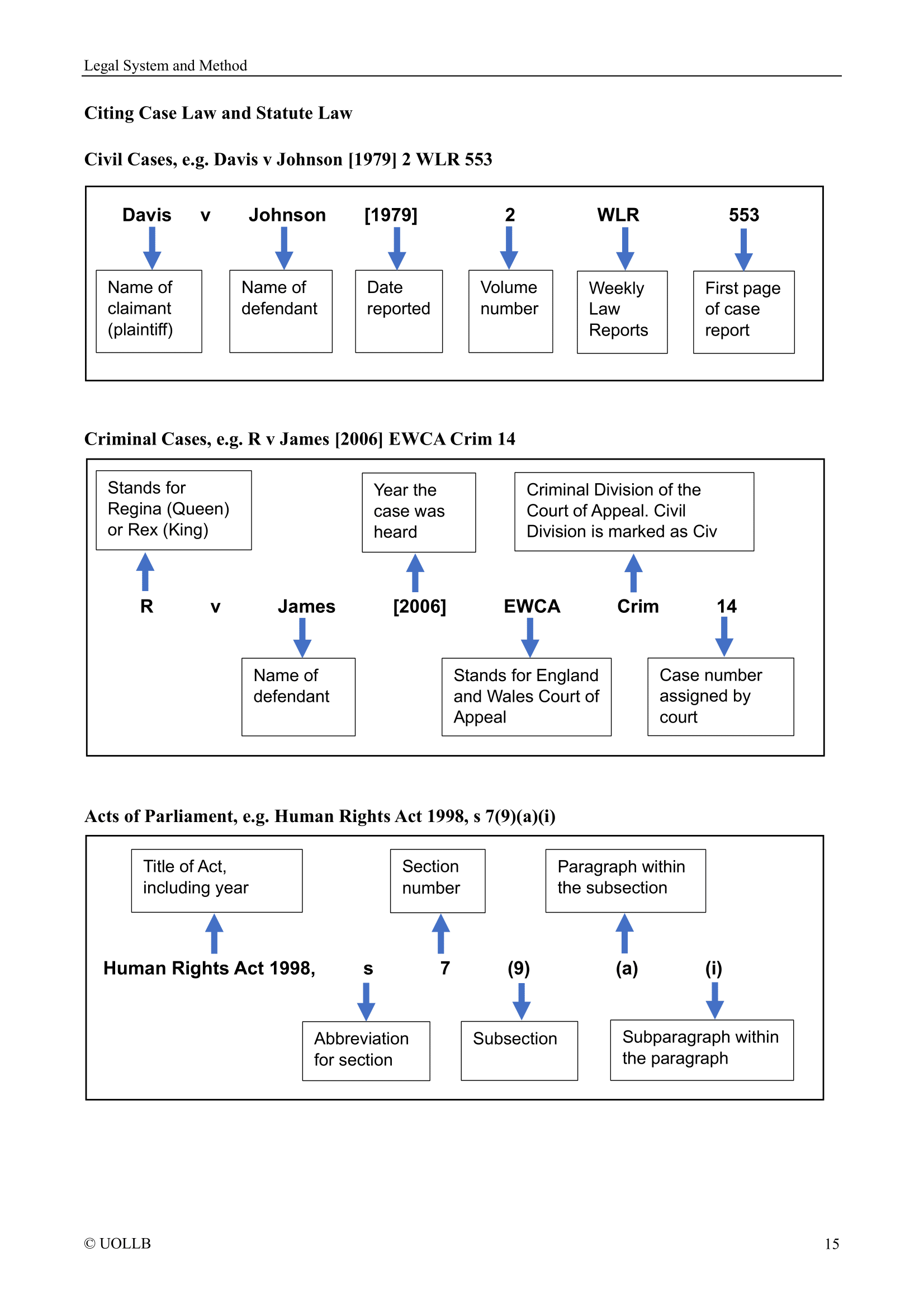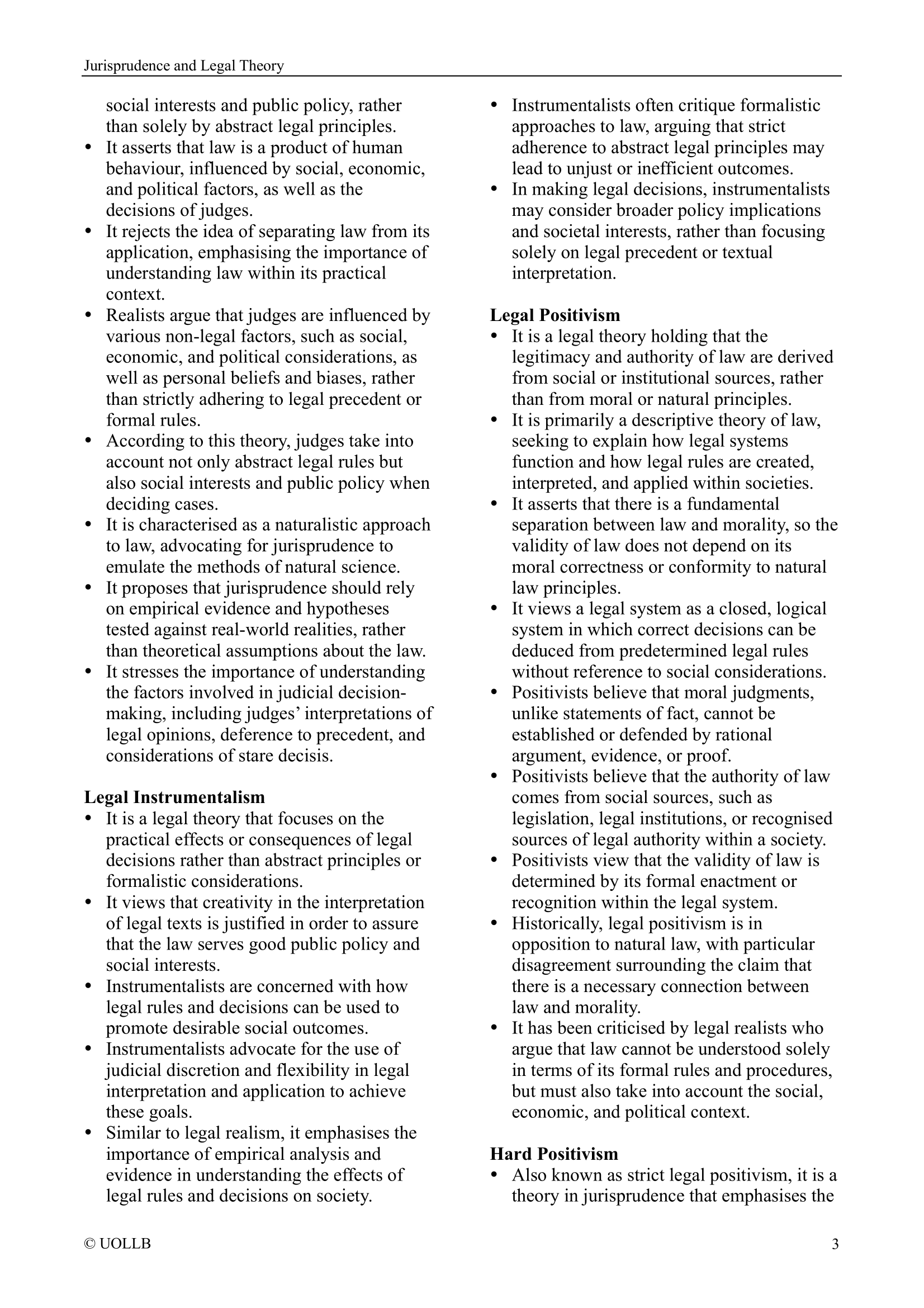Definition of Country of Origin
Share
The term "country of origin" refers to the nation where a product is manufactured, produced, grown, or branded. This designation provides important information about the origin of a product, influencing consumer perceptions, trade policies, and market dynamics. However, determining the country of origin can be complex, especially in today's globalised economy where products often consist of components sourced from multiple countries and undergo various stages of processing in different locations.
In its simplest form, the country of origin is the country where a product is wholly obtained or produced. For instance, agricultural products such as fruits, vegetables, and livestock are considered to have their country of origin in the place where they were grown or raised. Similarly, minerals and other natural resources are attributed to the country where they are extracted.
For manufactured goods, the definition of country of origin becomes more intricate. It is often determined by the location where the last substantial transformation of the product occurred. A substantial transformation is a significant manufacturing process that results in a new and different product. This means that if a product undergoes its final and most important stage of manufacturing in a particular country, that country is considered its origin, even if the raw materials or components came from elsewhere. For example, a smartphone assembled in China from parts made in various countries might be labeled as "Made in China" if the final assembly is considered the substantial transformation.
Another approach to determining the country of origin is based on the value addition in different countries. In this method, the country where a significant portion of the product's value is added may be considered the country of origin. This value addition could include processes like assembly, packaging, and quality control. If these processes add considerable value to the final product, the country where these processes occur might be designated as the product's origin.
The definition of country of origin is also influenced by various international treaties and national laws, which may have different criteria for determining origin. These criteria are often outlined in trade agreements and customs regulations, and they play a crucial role in the enforcement of tariffs, quotas, and trade policies. For example, products may need to meet specific rules of origin to qualify for preferential treatment under free trade agreements.
Country of origin labelling serves as an important tool for consumers, businesses, and governments. For consumers, it provides information that can influence purchasing decisions, often based on perceptions of quality, safety, and ethical standards associated with products from certain countries. For businesses, it can be a key aspect of branding and marketing strategies, helping to build a product's reputation based on its origin. For governments, accurate country of origin labelling is essential for enforcing trade policies, protecting domestic industries, and ensuring fair competition.
In conclusion, the country of origin is a designation that identifies where a product is made, produced, grown, or branded. It is determined through criteria such as wholly obtained goods, substantial transformation, and value addition, and is influenced by international treaties and national laws. The concept plays a significant role in global trade, affecting consumer behaviour, business strategies, and government policies.
